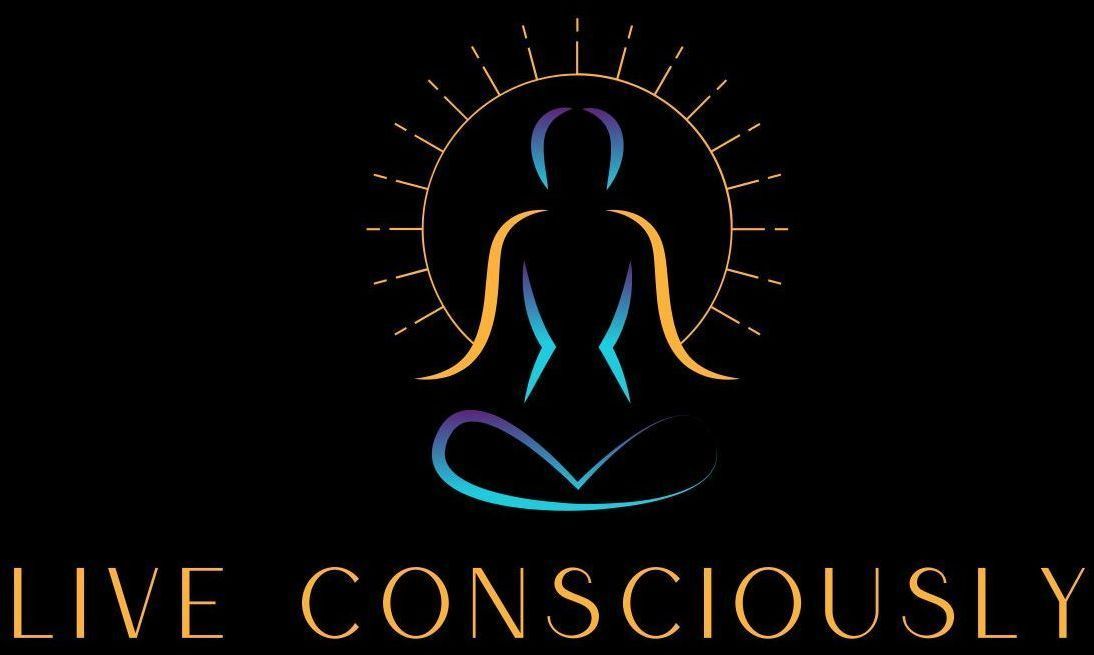How somatic experiencing helps release trauma stored in your body

Have you ever walked into a room and immediately felt unsafe, even though nothing obvious was wrong? Or found yourself holding your breath without realizing it? Maybe certain sounds, smells, or even the way someone moves makes your heart race for no logical reason?
Your body is trying to tell you something important.
For years, therapy focused almost exclusively on thoughts and feelings—what happened to you and how you feel about it. But we've learned something crucial: trauma isn't just stored in your mind. It lives in your body too.

What is Somatic Therapy?
Somatic therapy is an approach that recognizes your body as an active participant in healing, not just a vessel that carries your mind around. The word "somatic" comes from the Greek word "soma," meaning "the body." In somatic therapy, we pay attention to the wisdom your body holds and the messages it's been trying to send you.
When we experience trauma, our nervous system can get stuck in survival mode. Your body might still be braced for danger long after the actual threat has passed. Somatic therapy helps your nervous system complete the natural responses that trauma interrupted, allowing your body to finally settle into safety.
How Trauma Gets Stored in Your Body
Think about what happens when you're startled—maybe someone honks their horn unexpectedly. Your body instantly prepares to respond: muscles tense, heart rate increases, breathing becomes shallow. This is your sympathetic nervous system doing exactly what it's designed to do.
In a healthy response, once you realize there's no real danger, your system returns to calm. Your muscles relax, your breathing deepens, and you might even shake it off or take a deep breath.
But when trauma occurs—especially repeated trauma or trauma that happens when we're young—this natural completion process can get interrupted. The energy mobilized for survival becomes trapped in your body, creating patterns of chronic tension, hypervigilance, or disconnection.
Signs That Trauma May Be Stored in Your Body
- Chronic muscle tension, especially in shoulders, jaw, or hips
- Feeling disconnected from your body or "living in your head"
- Digestive issues without clear medical cause
- Sleep difficulties or feeling tired despite adequate rest
- Hypervigilance or feeling "on edge" even in safe situations
- Panic attacks or unexplained anxiety
- Feeling numb or shut down emotionally
- Startling easily or having an exaggerated startle response

What is Somatic Experiencing?
Somatic Experiencing (SE) is a specific form of somatic therapy developed by Dr. Peter Levine. Through observing how animals in the wild naturally recover from threats, Dr. Levine discovered that trauma symptoms result from the body's incomplete responses to overwhelming events.
In somatic experiencing, we work with your body's natural capacity to self-regulate and heal. This isn't about forcing anything or pushing through—it's about creating the right conditions for your nervous system to complete what it started.
How Somatic Experiencing Works
Tracking Sensations
We'll guide you to notice physical sensations in your body—not to analyze them, but simply to become aware of them. This might include noticing areas of tension, warmth, tingling, or movement.
Titration
Rather than overwhelming your system, we work with small amounts of activation at a time. This helps your nervous system build capacity to handle intensity without becoming overwhelmed.
Pendulation
We help your nervous system learn to move between states of activation and relaxation, restoring its natural flexibility.
Completion
We create space for your body to complete protective responses that may have been interrupted during trauma—like the urge to run, fight, or push away.
Somatic Therapy vs Talk Therapy
You might wonder how somatic therapy differs from traditional talk therapy. Both are valuable, and they often work beautifully together. While talk therapy focuses primarily on thoughts, emotions, and narratives, somatic therapy addresses the way trauma lives in your body.
Many of our clients have told us, "I understand what happened to me intellectually, but I still don't feel better." This makes perfect sense—if trauma is stored in your body, healing needs to include your body too.
In our integrated approach at Live Consciously, we often combine somatic work with other modalities like EMDR or Internal Family Systems therapy. This allows us to address trauma from multiple angles—mind, body, and spirit.

What to Expect in Somatic Therapy Sessions
Somatic therapy sessions often look different from traditional therapy sessions. You might spend time:
- Lying down or sitting in different positions to notice how your body feels
- Doing gentle movements or stretches
- Practicing breathing techniques
- Tracking sensations as they change and shift
- Completing movements that your body wants to make
A Session Example
Sarah came to see me carrying chronic shoulder tension that massage and physical therapy hadn't helped. As we explored together, she began to notice that her shoulders were always braced as if protecting herself from being hit.
Through gentle somatic work, Sarah's body began to remember a childhood incident she had long forgotten. But rather than just talking about what happened, we helped her body complete the protective movements it had wanted to make at the time. Over several sessions, Sarah's shoulders began to soften as her nervous system learned that the danger was over.
Somatic Therapy for Complex Trauma
If you've experienced complex trauma—repeated or ongoing traumatic experiences, often in childhood—somatic therapy can be particularly helpful. Complex trauma often results in a disconnection from the body as a way of surviving overwhelming experiences.
In somatic therapy for complex trauma, we work to:
- Rebuild a sense of safety in your body
- Restore your connection to physical sensations
- Develop better boundaries and self-protection
- Increase your capacity for pleasure and joy
- Strengthen your sense of embodied presence
The Polyvagal-Informed Approach
At Live Consciously, our somatic therapy is informed by polyvagal theory, which helps us understand how your autonomic nervous system responds to safety and threat. This means we're always paying attention to your nervous system's state and working at a pace that feels safe for your body.
We know that healing happens in the window of tolerance—that space where you can feel and process without becoming overwhelmed or shutting down. Our job is to help expand that window gradually and safely.
Body-Centered Trauma Treatment: A Holistic Approach
We believe that lasting healing addresses the whole person—mind, body, and spirit. Our body-centered trauma treatment might include:
- Somatic experiencing techniques
- Breathwork and nervous system regulation
- Gentle movement and body awareness
- Grounding techniques
- Mindfulness practices adapted for trauma survivors
Is Somatic Therapy Right for You?
Somatic therapy can be helpful if you:
- Feel disconnected from your body
- Have tried talk therapy but still feel "stuck"
- Experience chronic physical symptoms without clear medical cause
- Feel like your emotions are either overwhelming or absent
- Want to develop a healthier relationship with your body
- Are interested in approaches that honor your body's wisdom

Common Questions About Somatic Therapy
"Will I have to talk about what happened to me?"
Not necessarily. While we might discuss your experiences, somatic therapy focuses more on how trauma lives in your body now than on retelling your story.
"What if I don't feel connected to my body?"
That's actually very common for trauma survivors, and it's a perfect place to start. We'll go slowly and help you rebuild that connection safely.
"Is somatic therapy safe?"
When practiced by trained professionals, somatic therapy is very safe. We always work within your window of tolerance and at your pace.
The Journey of Embodied Healing
Healing isn't just about feeling better mentally—it's about coming home to your body. When you can trust your body's signals, feel safe in your own skin, and access your full range of emotions, life becomes richer and more authentic.
Your body has been trying to help you all along. Somatic therapy simply creates the conditions for you to hear what it's been saying and respond with compassion.

About the Author
Alexandrea Long, LCSW-S, is a licensed clinical social worker and supervisor specializing in trauma recovery. She has advanced training in EMDR therapy, Somatic Experiencing, polyvagal theory, and Internal Family Systems therapy. Alexandrea founded Live Consciously, PLLC to provide integrative, trauma-informed therapy that honors both the mind and body in the healing process. She is passionate about helping clients reconnect with their body's innate wisdom while addressing trauma from multiple therapeutic approaches.
Ready to discover how somatic therapy can help you heal trauma at the body level? Our somatic-informed therapists understand that your body holds the key to healing. Contact Live Consciously, PLLC at (254) 826-9450 or schedule a consultation at liveconsciouslypllc.com.











